Heritage
Made in Marylebone
St Marylebone is known for many things, including incredible music, sport and, of course, the famous Marylebone High Street – many of these things have put Marylebone on the map, many have made Marylebone what it is today, but how many things have been invented or Made in Marylebone?
Explore below to find out what has been Made in Marylebone…
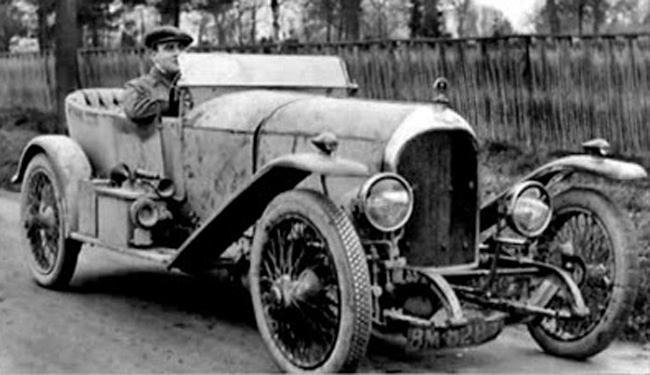
Today you will see a number of cars around St Marylebone, in fact the street outside our parish church is one of the busiest (and most polluted!) in the world.
You also see plenty of impressive and famous cars, from Teslas to Rolls Royces. In fact, St Marylebone was the birthplace of the Bentley Car. Bentley Motors was founded by W.O. Bentley in 1919. The first car to bear his name pulled out of 48 Chagford Street, London, Marylebone NW1 6EB, (now known as New Street Mews). Today a plaque commemorates the birthplace of this supercar. For more about Bentley Motors see here.
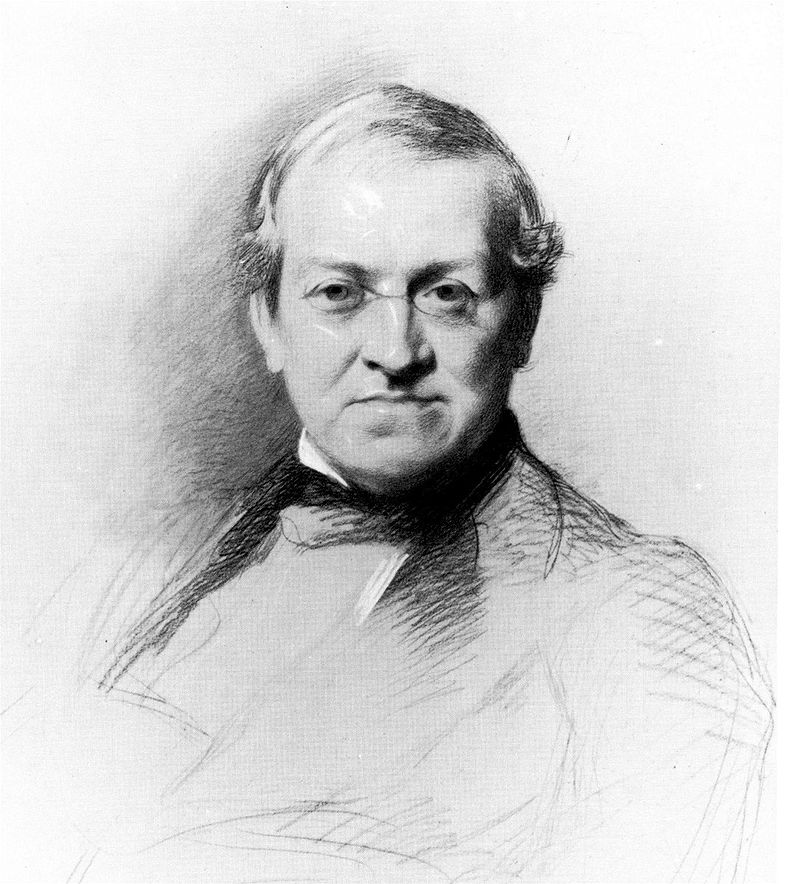
Music has always been a huge part of St Marylebone – from the Marylebone pleasure gardens to our church choir and our Reiger Organ, which is played every day by students from the Royal Academy of Music. Another Marylebone instrument is the English version of the Concertina which was invented in 1829 by Sir Charles Wheatstone, who lived at 19 Park Crescent, Marylebone.
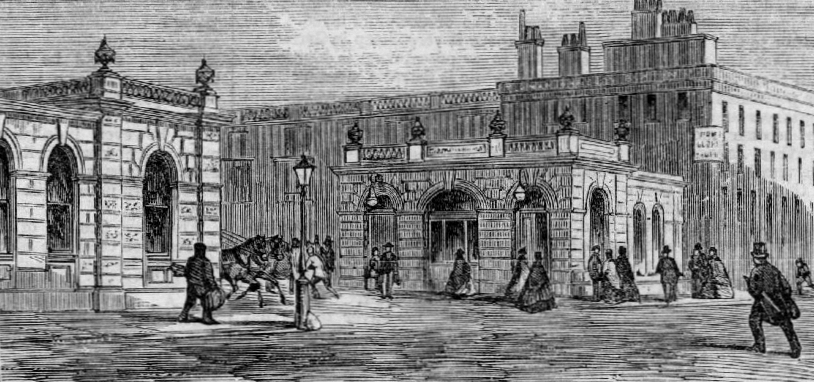
Transport is a huge part of London, with the first Underground in the world starting here in Baker Street. However, that’s not all! London’s first bus service started on the Marylebone Road. On 4 July 1829, Marylebone Resident George Shillibeer began the city’s first omnibus service which eventually evolved into the famous red London busses that we still see today.
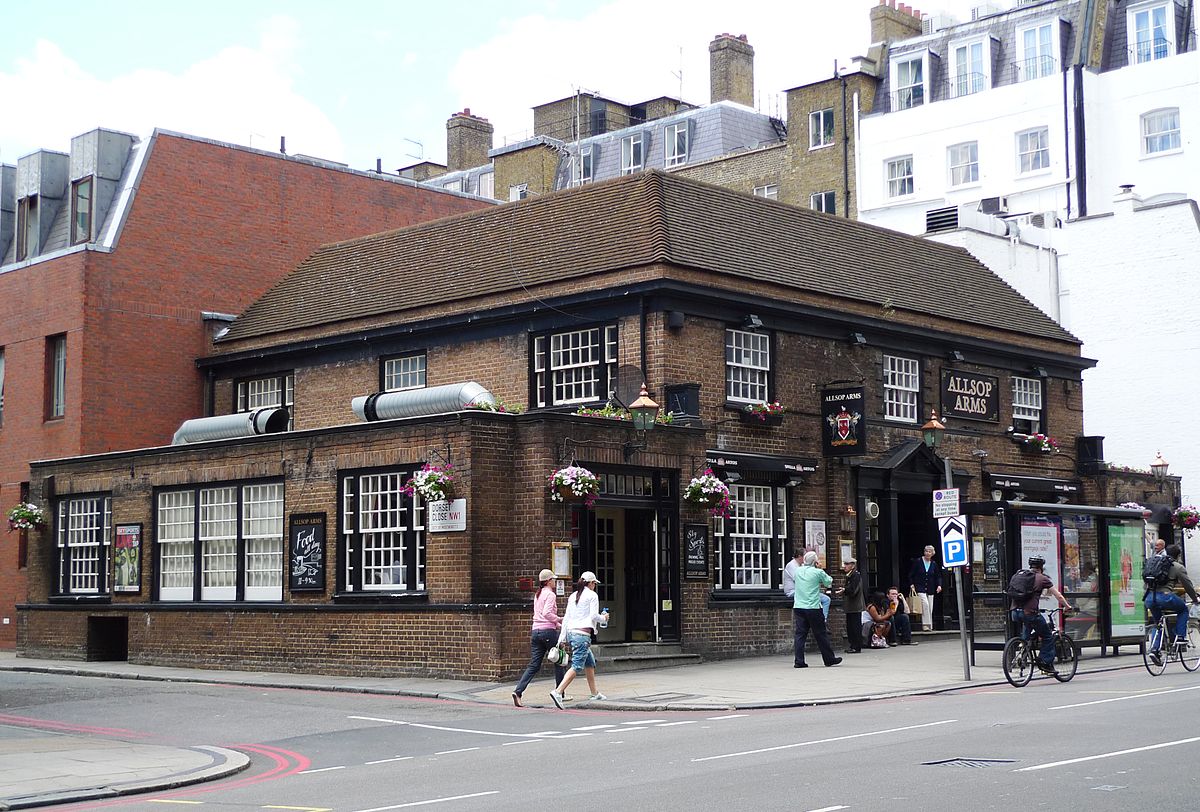
Mac Macpherson invented Baileys Irish Cream during the 1970s while working at a research laboratory in Essex. In just 45 minutes, he found that the combination of whiskey, a tub of single cream, and some powdered drinking chocolate, made for a delicious combination. St Marylebone played a big role in the launching of this new drink as the pub The Allsop Arms stocked the first two trial bottles of this drink in 1974. Though sales were meagre at first, when two policemen entered the pub for a drink, they swiftly finished a whole bottle and soon Baileys became a widely popular drink – today, more than a billion bottles have been sold around the world!
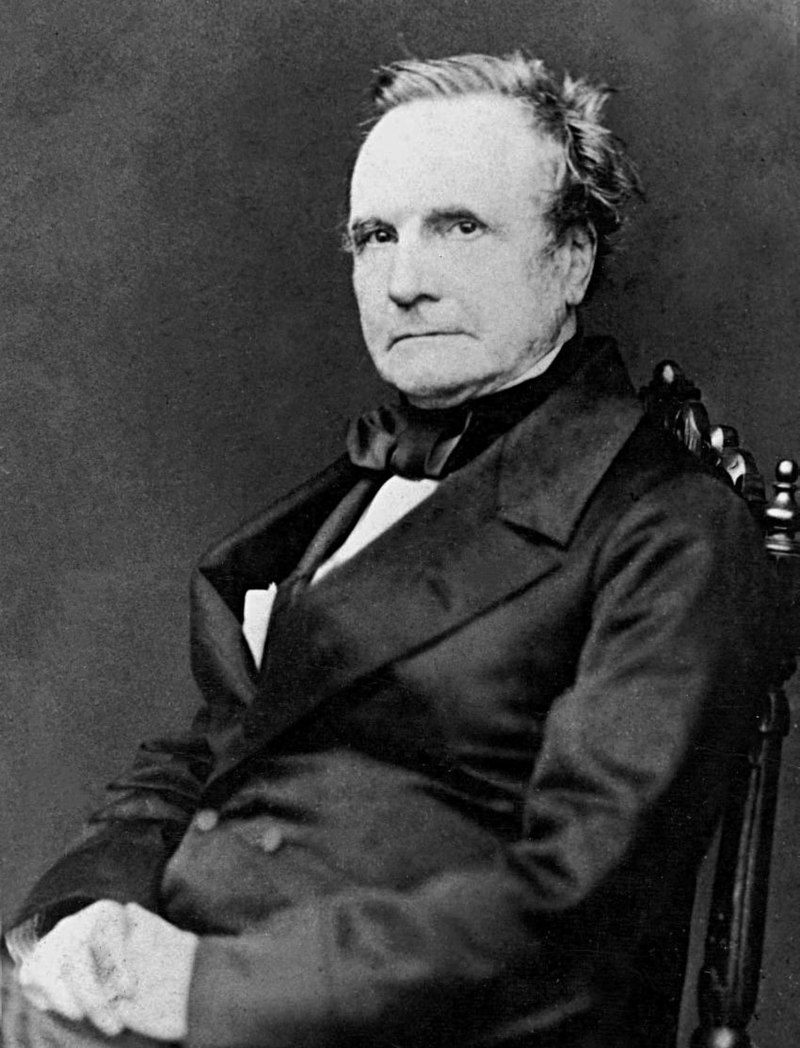
Marylebone resident, Charles Babbage invented the Analytical Engine, which has often been described as the world’s first computer. He worked on this invention until his death in 1871.
The Analytical Engine was intended to be a general-purpose. fully programme-controlled, automatic mechanical digital computer which could perform any calculation which was entered by the user. Babbage’s design consisted of four key components: the mill, the store, the reader, and the printer. These four components are the fundamental elements of every computer which has ever been made.
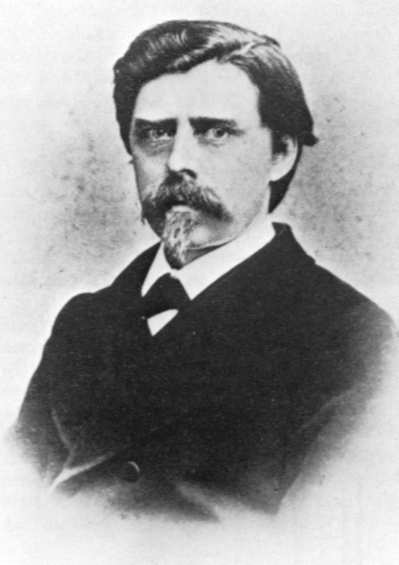
David Hughes invented of the carbon microphone, which was important to the development of telephony. Hughes lived at 94 Great Portland Street, Fitzrovia.
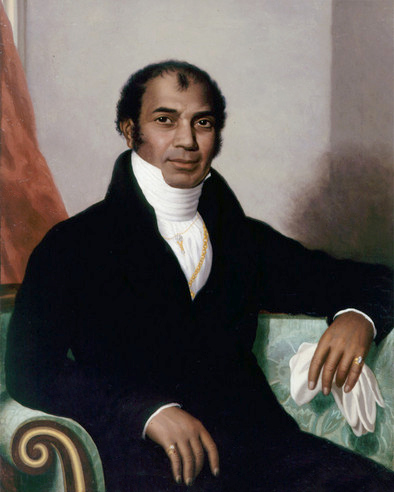
Sake Dean Mahomed lived in St Marylebone and married in St Marylebone Parish Church. Sake opened the first curry house in Britain, the Hindoostane Coffee House was on in Portman Square, Marylebone. He also introduced shampoo baths to Europe.
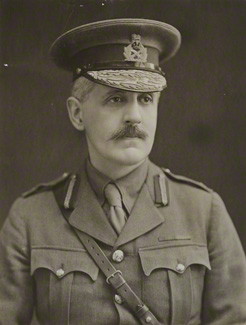
Sir Fabian Ware, Founder of the Imperial War Museum, lived at 14 Wyndham Place, Marylebone.
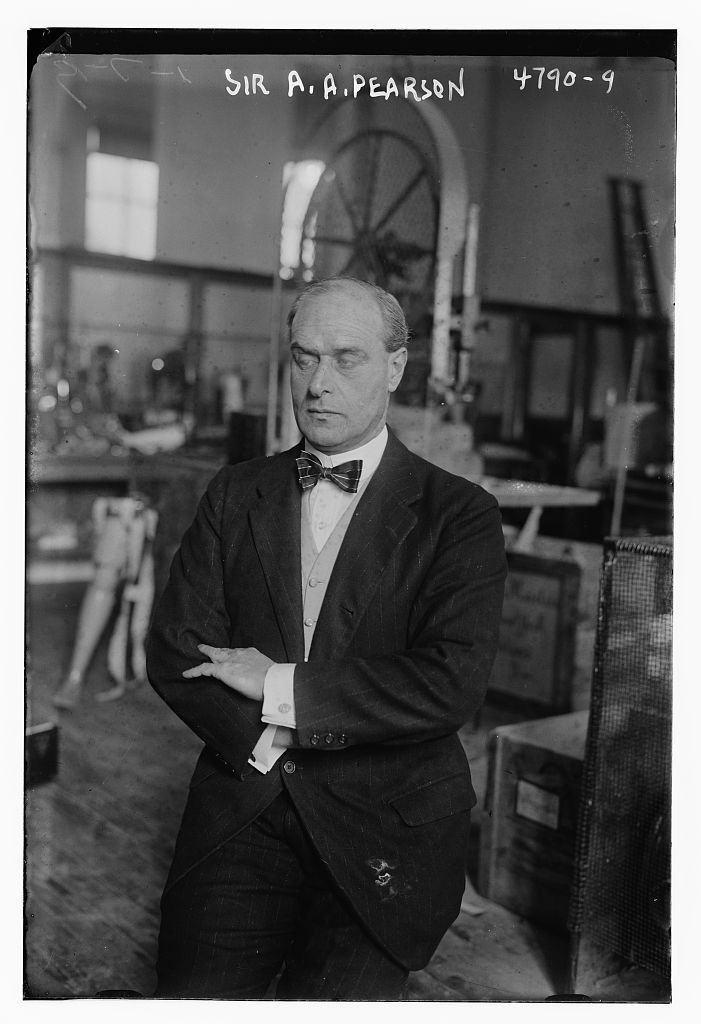
Sir Arthur Pearson, the Founder of St Dunstan’s (Blind Veterans UK) lived and worked at 21 Portland Place, Marylebone.
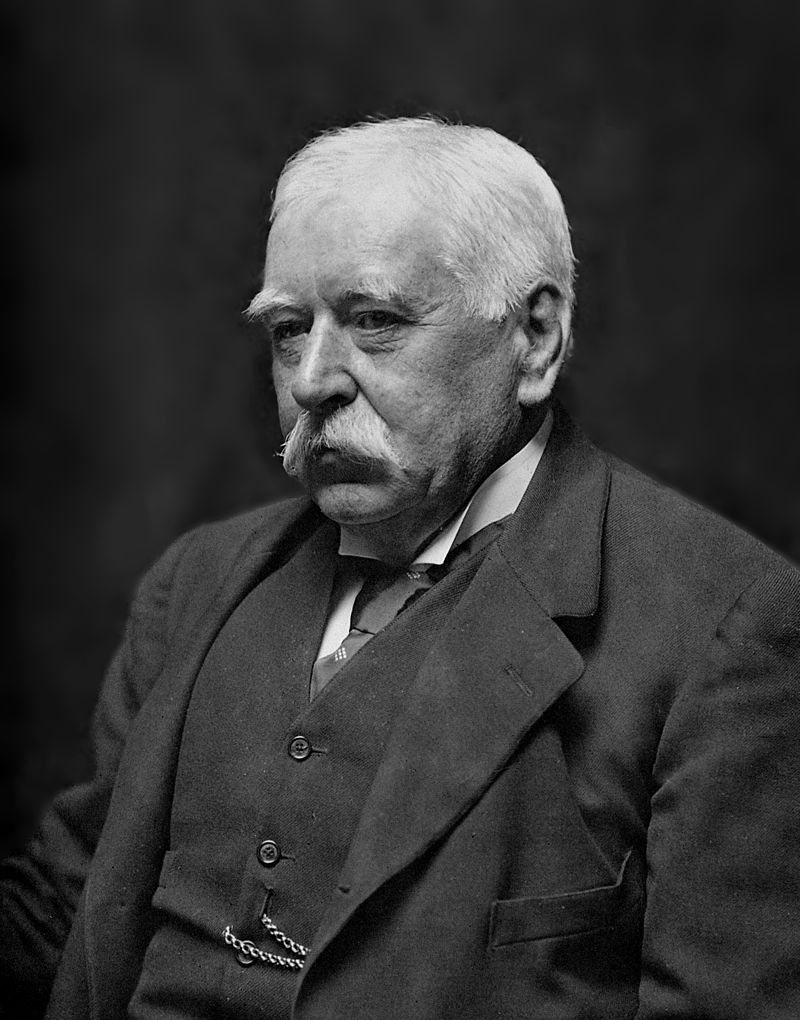
Sir Patrick Manson, the father of Tropical Medicine & founder of the London School of Hygiene and Tropical Medicine, lived at 50 Welbeck Street, Marylebone.
